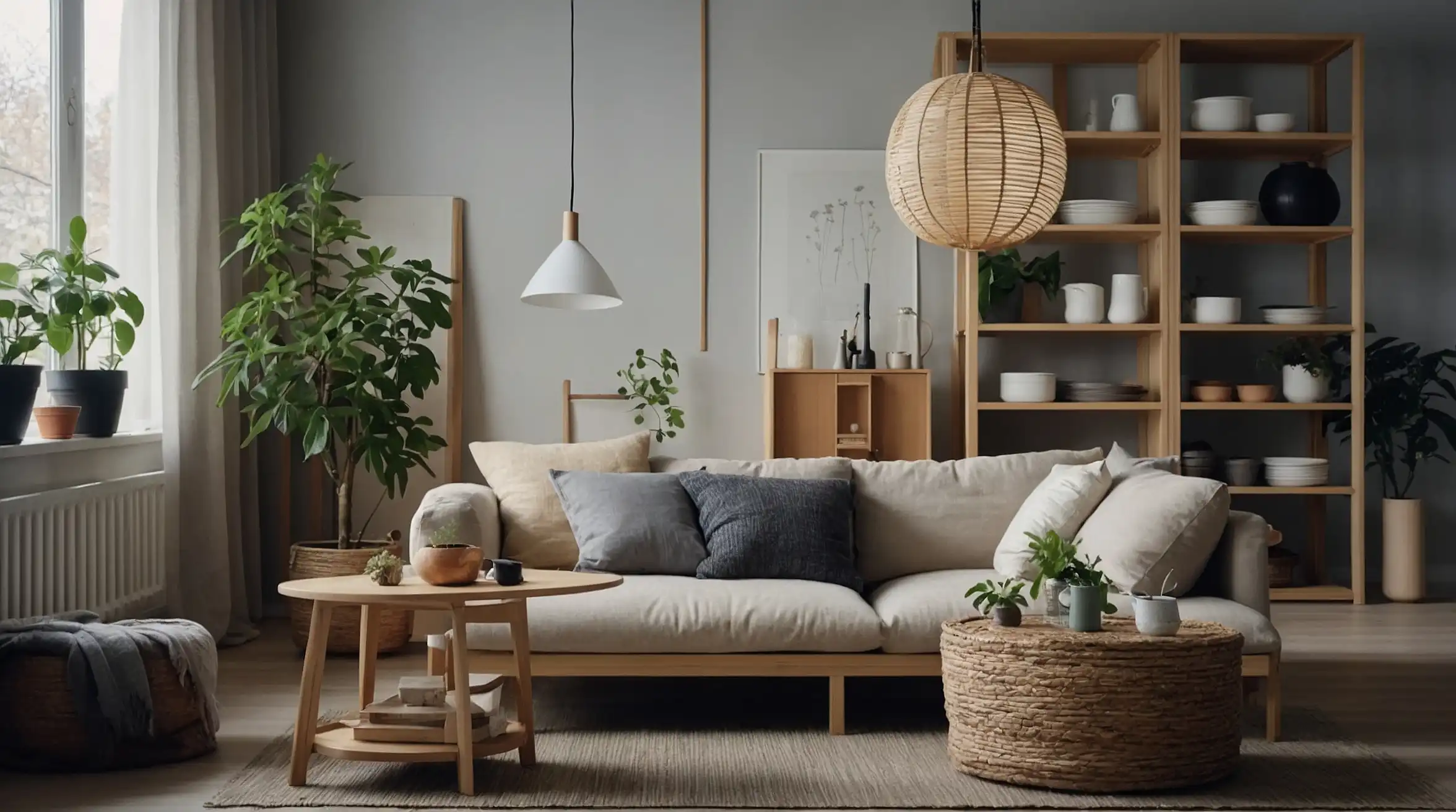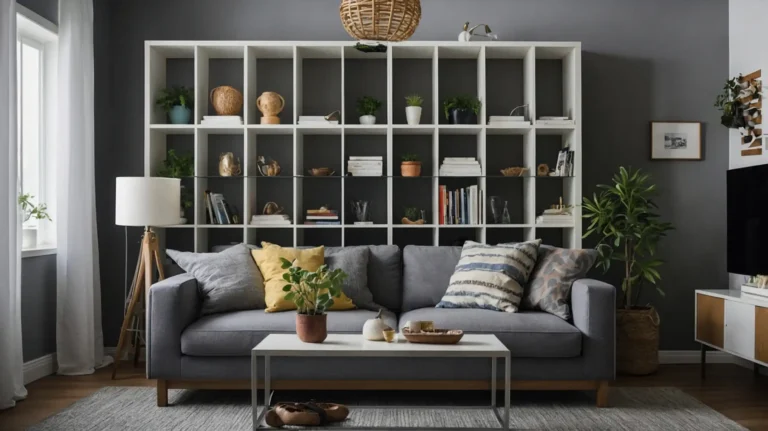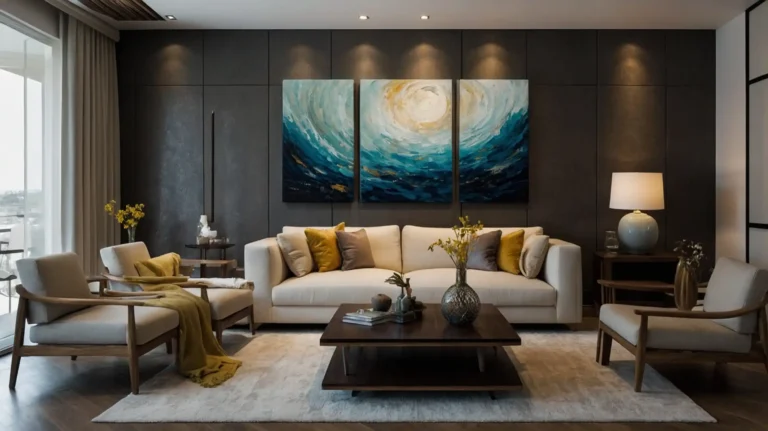27 Brilliant IKEA Japandi Hacks to Transform Your Home with Scandinavian-Japanese Style
Japandi style merges the best of Japanese minimalism and Scandinavian functionality, creating spaces that feel both serene and practical.
With IKEA’s affordable, versatile pieces as your foundation, you can easily achieve this sought-after aesthetic without breaking the bank.
The beauty of Japandi lies in its emphasis on natural materials, clean lines, and thoughtful simplicity—all principles that align perfectly with many IKEA products.
A few strategic modifications can transform standard pieces into custom Japandi treasures.
Ready to bring harmony and intentional design to your home?
These creative IKEA hacks will help you achieve Japandi-inspired spaces that balance beauty and function with a minimalist aesthetic.
1: IVAR Cabinet Transformation
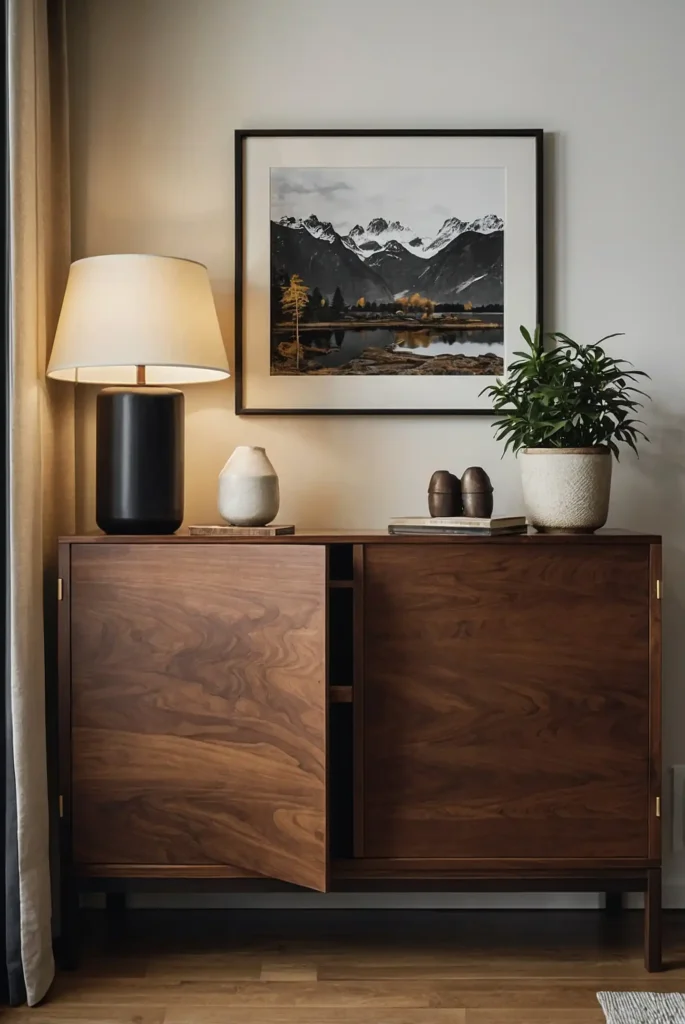
Transform the simple IVAR cabinet into a Japandi-inspired storage piece by staining the wood a rich walnut tone.
Replace the standard handles with leather pulls or minimal wooden knobs.
Add thin wooden slats to the cabinet doors for texture and visual interest.
This simple modification creates an elegant, Japanese-inspired storage solution with clean lines and natural materials.
2: FROSTA Stool Japanese Makeover
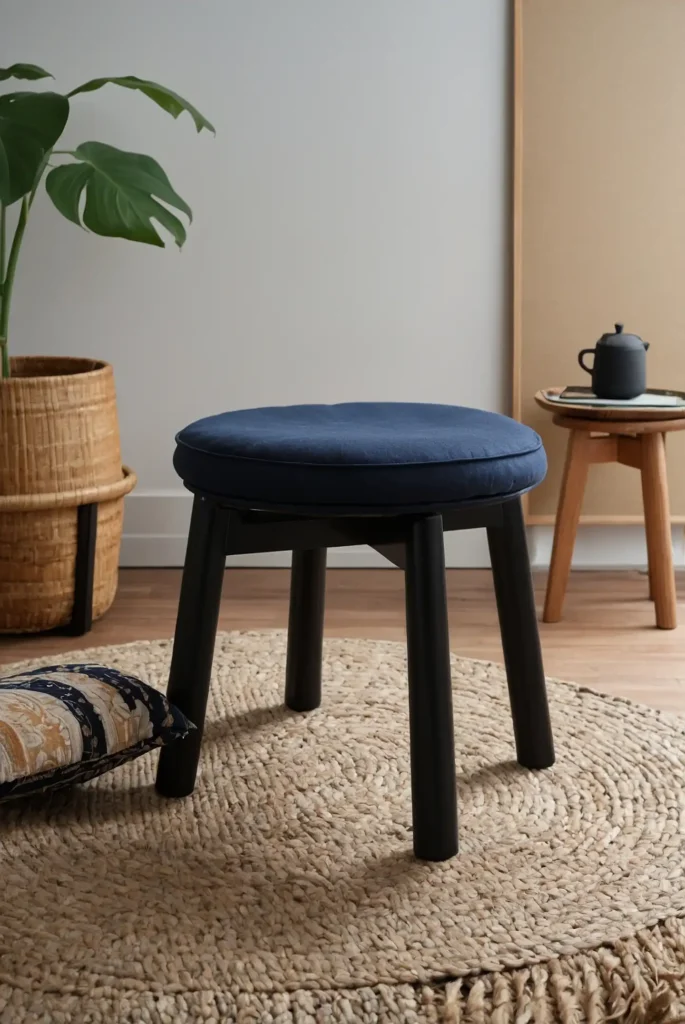
Convert the humble FROSTA stool into a Japanese-inspired accent piece by sanding down the surfaces and applying a matte black or deep indigo stain.
The circular seat mirrors traditional zabuton cushions.
Replace the standard legs with tapered versions for a more refined silhouette.
This versatile piece works as a side table, plant stand, or extra seating with authentic Japandi character.
3: LACK Shelf Room Divider
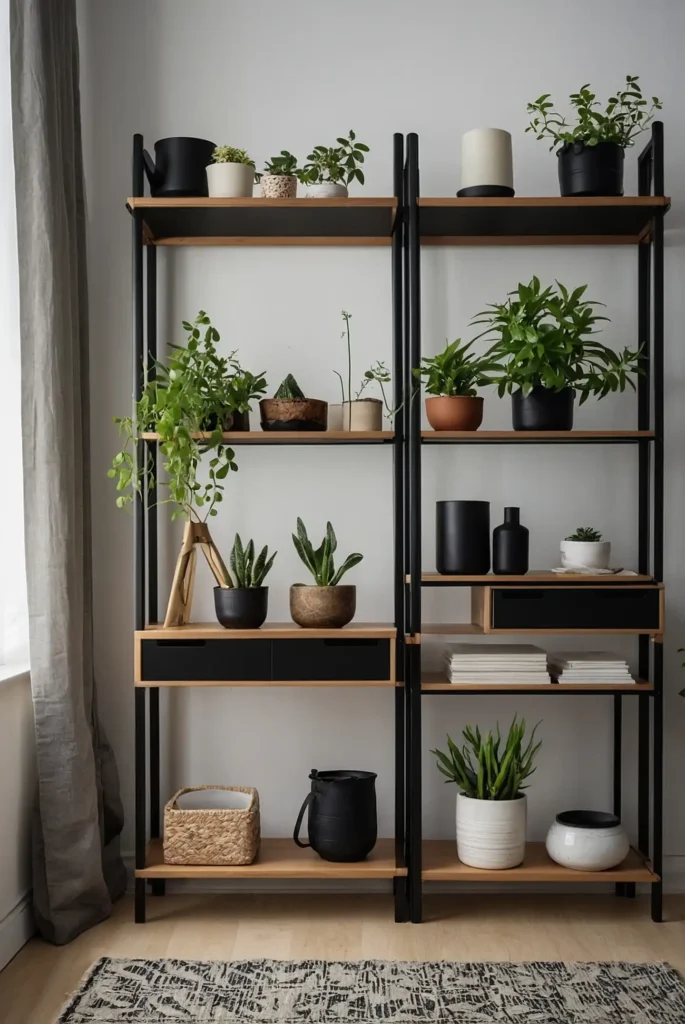
Mount multiple LACK shelves at varying heights to create a Japanese-inspired room divider that maintains an open, airy feel.
Paint the shelves matte black or stain them a warm walnut tone.
Display a curated selection of minimal accessories and small plants.
This functional piece divides space while preserving light flow—a key element in both Japanese and Scandinavian design philosophies.
4: MALM Bed Platform Enhancement
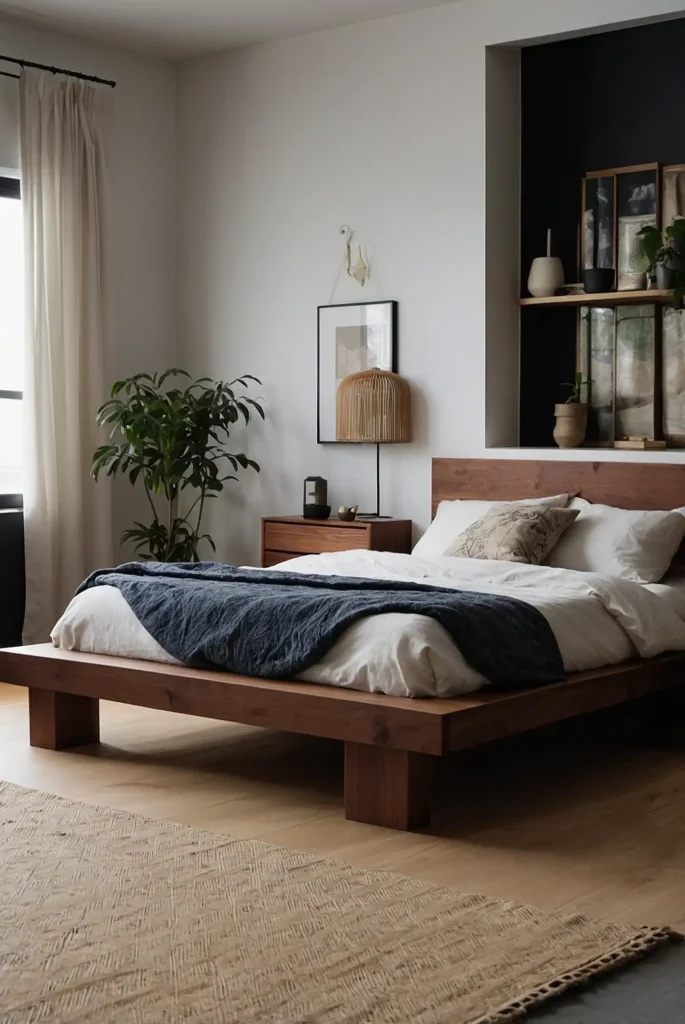
Elevate your MALM bed frame by adding a custom wood surround in a natural or dark stain.
This modification creates the low-profile, platform bed aesthetic central to Japanese bedroom design.
Add integrated nightstands with clean lines for a built-in look.
The unified platform creates a grounded, tranquil sleeping space characteristic of authentic Japandi bedroom design.
5: KALLAX Tatami-Inspired Seating
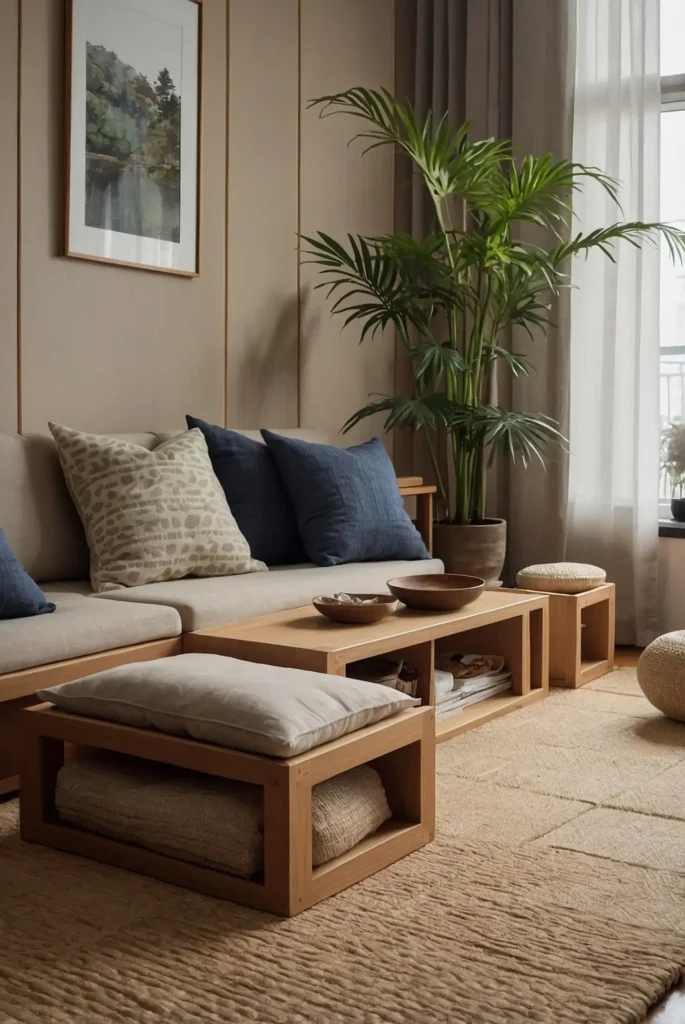
Repurpose a horizontal KALLAX shelf unit as a Japanese-inspired seating platform by adding a custom cushion in natural linen or cotton.
Place tatami mats within each square opening below.
Add tapered wooden feet for elevation and a lighter appearance.
This versatile piece provides both seating and storage while referencing traditional Japanese interior elements.
6: EKET Wall Composition
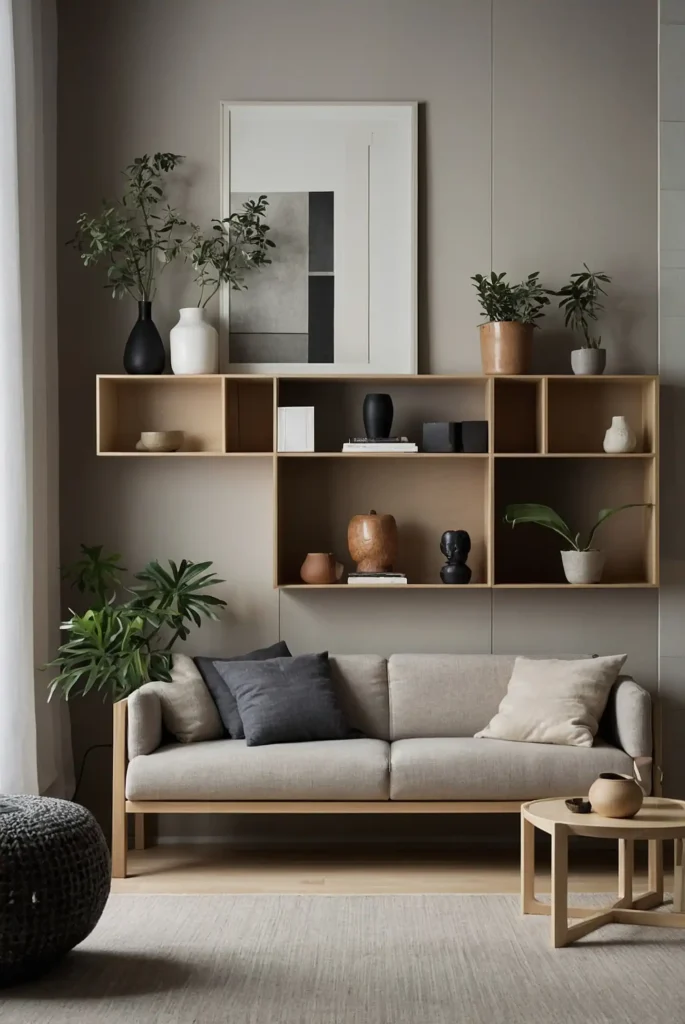
Create a balanced asymmetrical wall arrangement using EKET cabinets in complementary neutral tones.
Install them with intentional negative space between units to achieve the Japanese concept of “ma.”
Display carefully chosen objects that bring joy rather than filling every shelf.
This customizable system embodies the Japandi principle of functional beauty through thoughtful curation.
7: RAST Dresser Wabi-Sabi Transformation
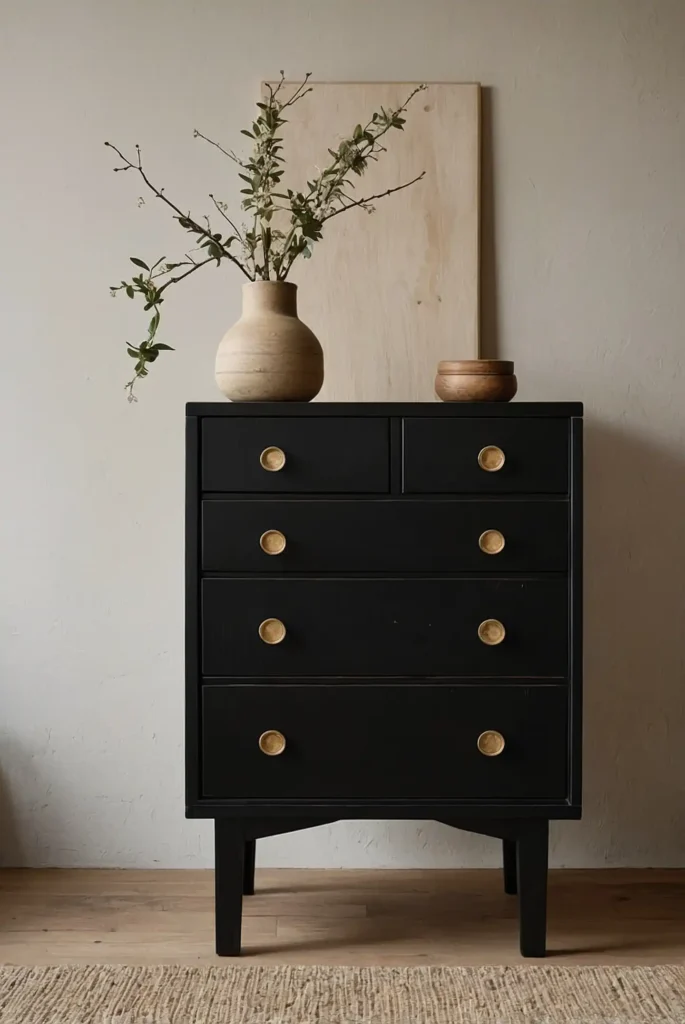
Sand your RAST dresser thoroughly and apply a black stain with a dry-brush technique that allows wood grain to show through.
Replace the pulls with minimal wooden knobs or leather tabs.
Add a thin slab of live-edge wood to the top for organic contrast.
This modification embraces wabi-sabi—the Japanese appreciation for imperfection and natural beauty.
8: RIBBA Frame Japanese Art Display
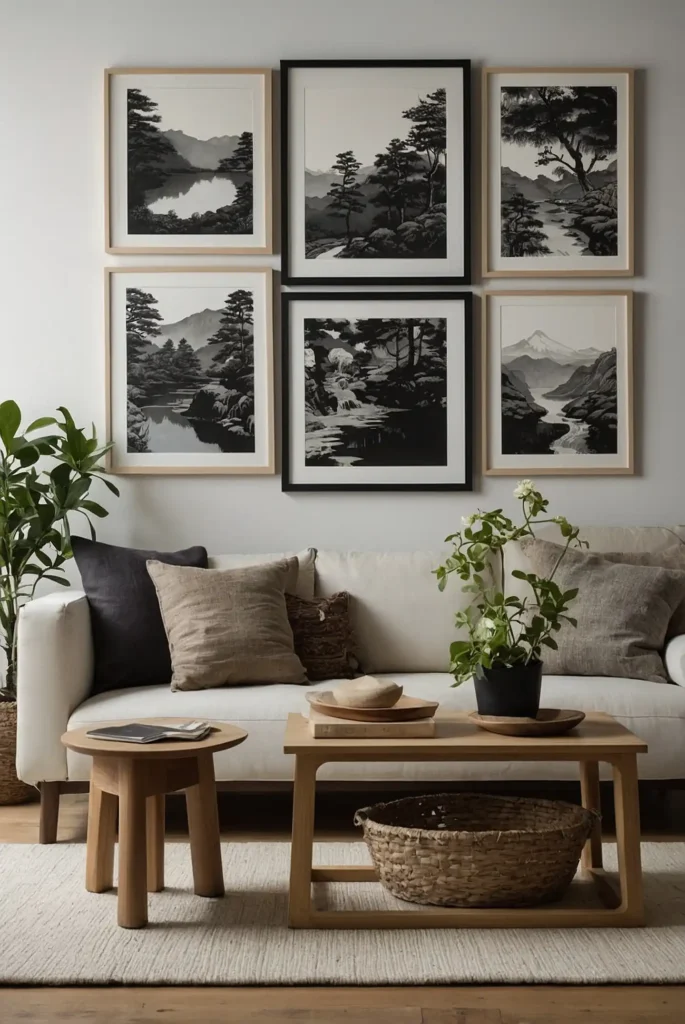
Create a balanced gallery wall using RIBBA frames painted in matte black or natural wood tones.
Fill with Japanese-inspired art featuring minimalist landscapes, calligraphy, or botanical illustrations.
Arrange frames with generous white space between them.
This curated display brings visual harmony while celebrating the artistic influences central to Japandi style.
9: SAMLA Box Underbed Storage
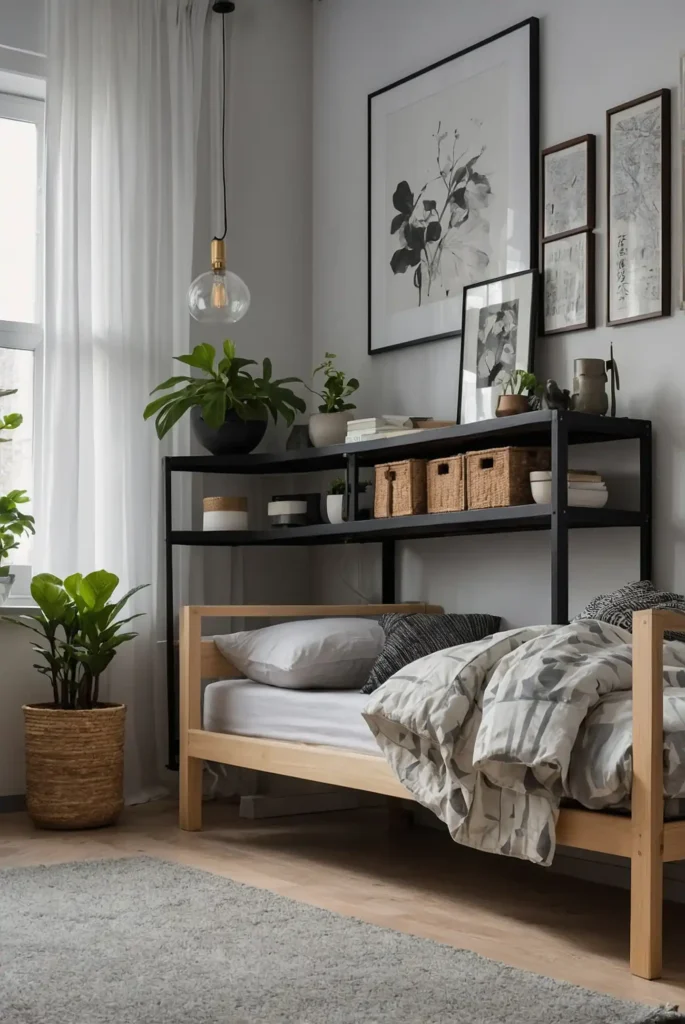
Transform clear SAMLA boxes into elegant underbed storage by painting the exterior with matte black chalk paint.
Attach minimal wooden handles to the short sides for easy access.
Label each box with simple kanji characters or minimal icons.
These modified containers provide practical storage while maintaining the clean, uncluttered aesthetic essential to Japandi design.
10: BEKVÄM Step Stool Meditation Seat
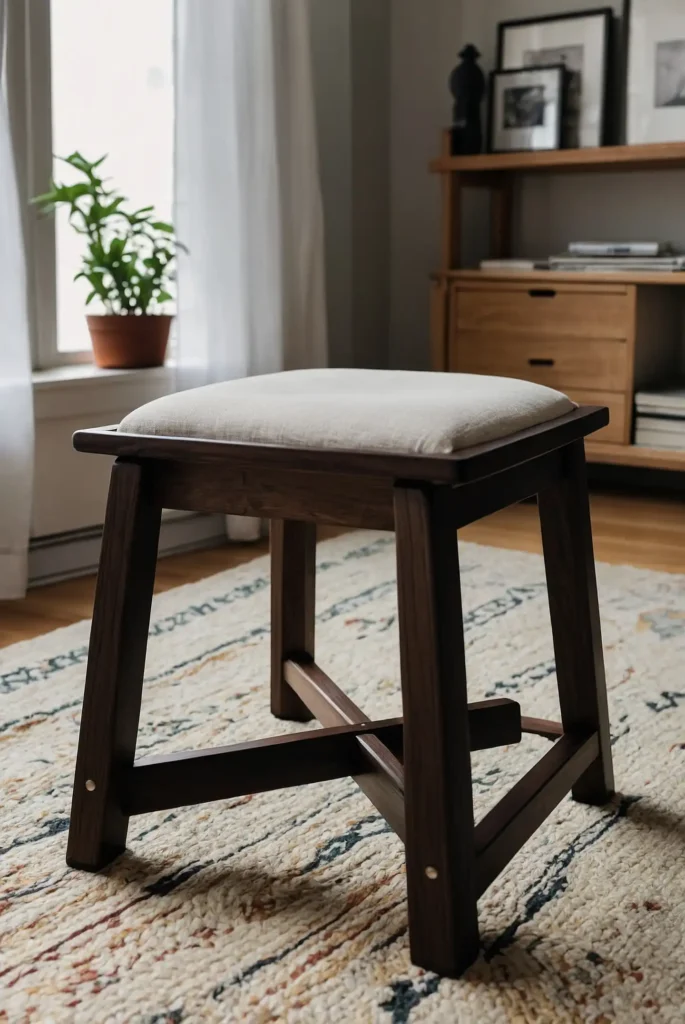
Convert a BEKVÄM step stool into a meditation seat by sanding it smooth and applying an ebony or walnut stain.
Add a thin cushion in natural linen secured with hidden fasteners.
Round the edges slightly for a softer appearance.
This simple piece provides a dedicated space for mindfulness—honoring the Japanese tradition of meditation within a functional Scandinavian form.
11: HAVSTA Cabinet Refinishing
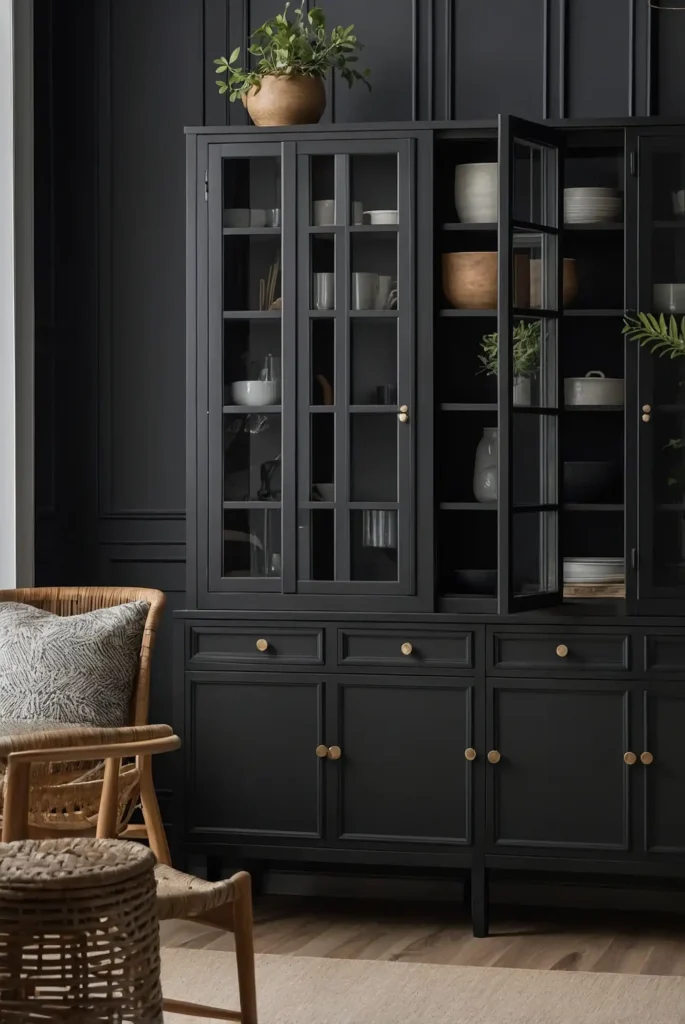
Transform the HAVSTA cabinet by removing the traditional details and replacing the standard knobs with recessed finger pulls.
Apply a matte black or deep charcoal paint for Japanese-inspired elegance.
Create a display area featuring just a few meaningful items against a neutral background. This modified piece exemplifies the Japandi principle of showcasing fewer, better things.
12: MARIUS Stool Zabuton Base
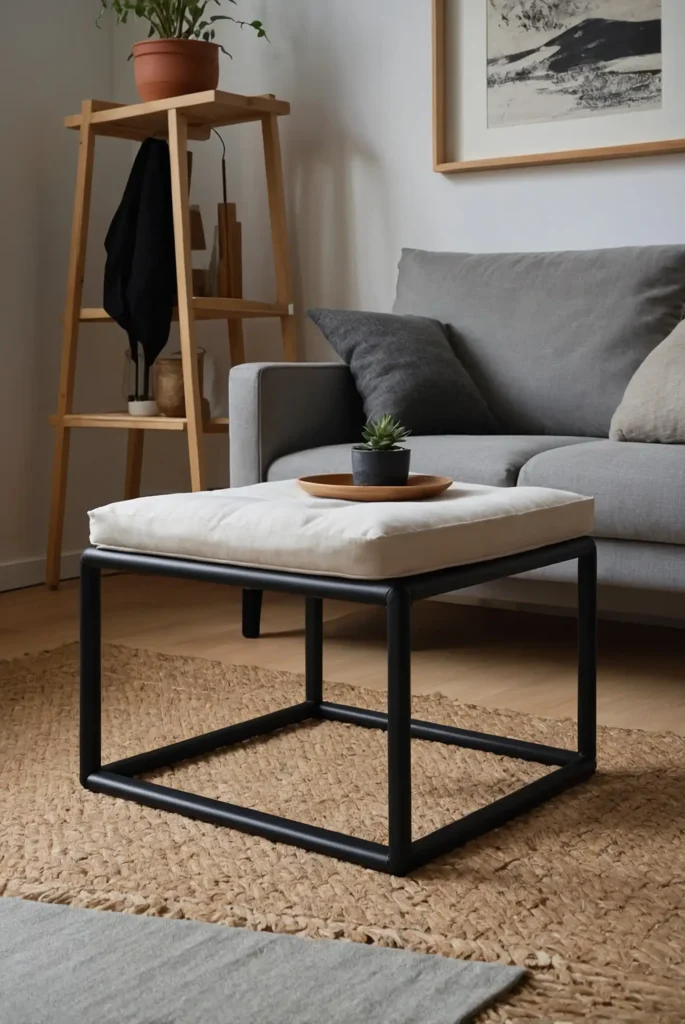
Repurpose the simple MARIUS stool as a base for floor seating by removing the plastic seat and replacing it with a round zabuton cushion.
Paint the metal frame matte black for cohesion.
Add rubber feet to prevent floor scratches and improve stability.
This hybrid creation combines Japanese floor seating traditions with Scandinavian practicality for flexible, space-efficient seating.
13: BESTÅ TV Unit Wood Wrap
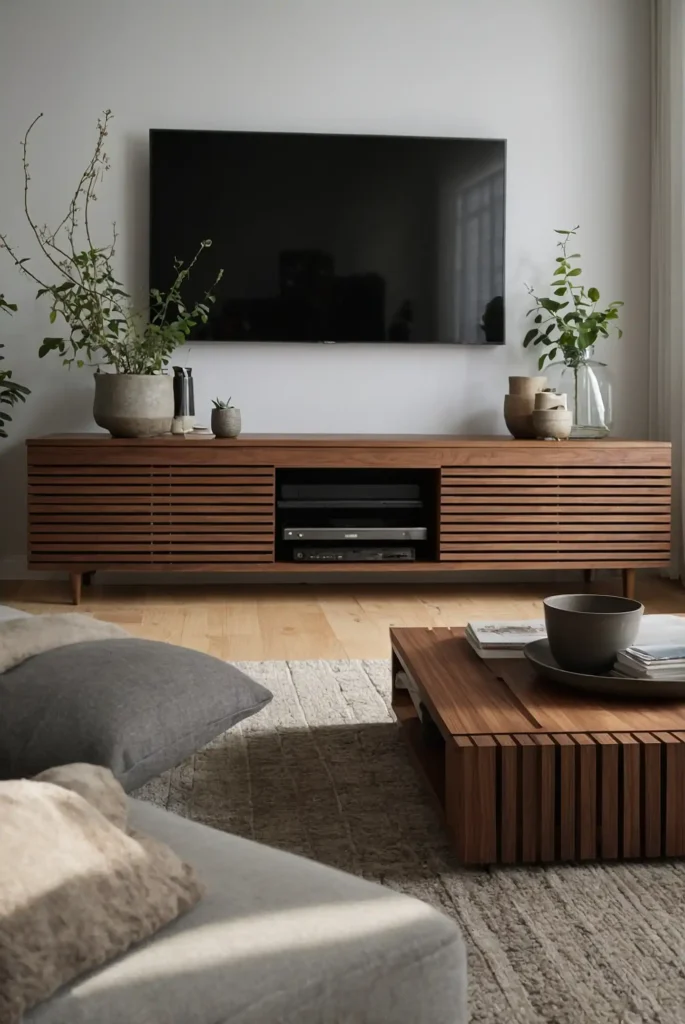
Enhance your BESTÅ TV unit with a wrap of thin wood slats applied vertically.
Stain the wood a rich walnut or leave it natural for a lighter appearance.
Replace push-open mechanisms with minimal cutouts for a cleaner look.
This modification adds warmth and texture to a basic piece while maintaining the clean lines essential to Japandi style.
14: SINNERLIG Pendant Clay Finish
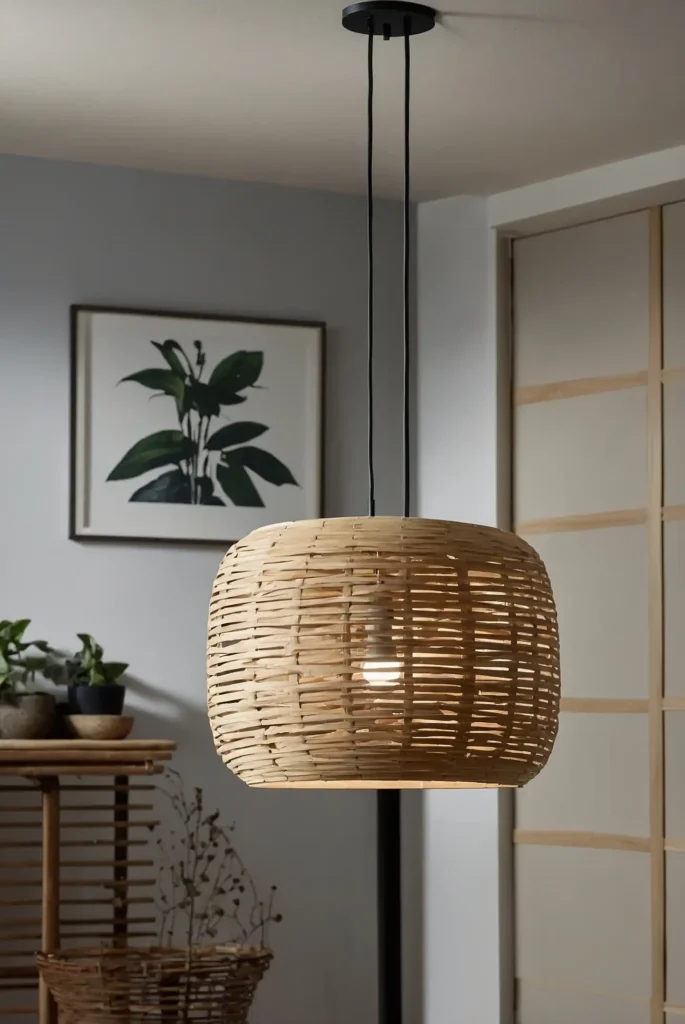
Transform the SINNERLIG bamboo pendant lamp by applying a thin layer of white or charcoal clay paint.
This technique maintains the texture while creating a more refined, contemporary finish.
Leave some areas untreated for an intentionally imperfect look.
The modified fixture casts beautiful patterned light while embodying the wabi-sabi appreciation for handcrafted imperfection.
15: STOCKHOLM Rug Wall Hanging
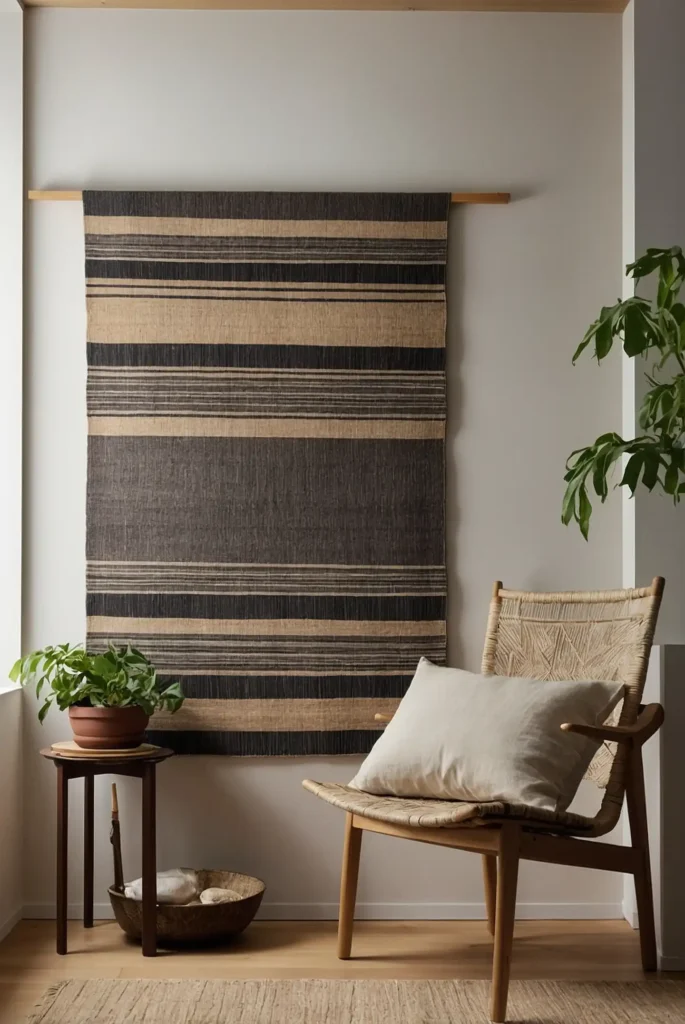
Mount a STOCKHOLM rug on the wall as a textural art piece reminiscent of Japanese textile traditions.
Choose natural fibers and neutral patterns for authentic Japandi appeal.
Frame the piece with thin wooden battens stained to match your other wood tones. This unexpected use creates a striking focal point while adding warmth and acoustic benefits.
16: MOPPE Mini Drawer Tansu Chest
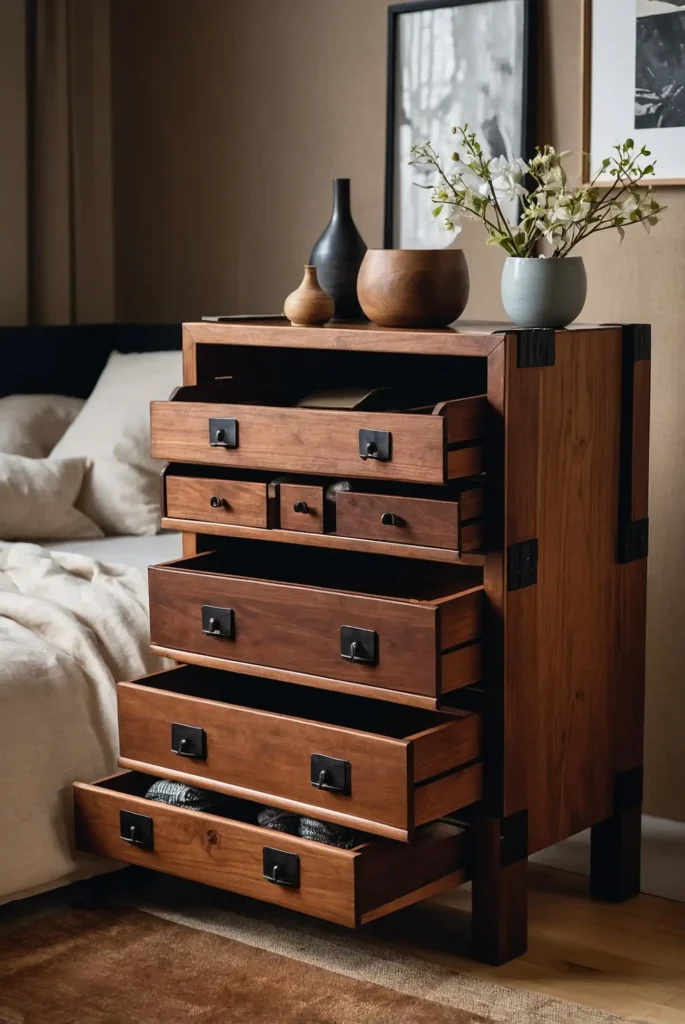
Transform the MOPPE mini drawer chest into a Japanese-inspired tansu chest by staining it dark and adding custom hardware made from wooden dowels.
Create a stepped configuration by stacking multiple units.
Add thin wooden feet for elevation and traditional character.
This functional piece provides organized storage for small items while referencing historical Japanese furniture design.
17: RÅSKOG Cart Tea Station
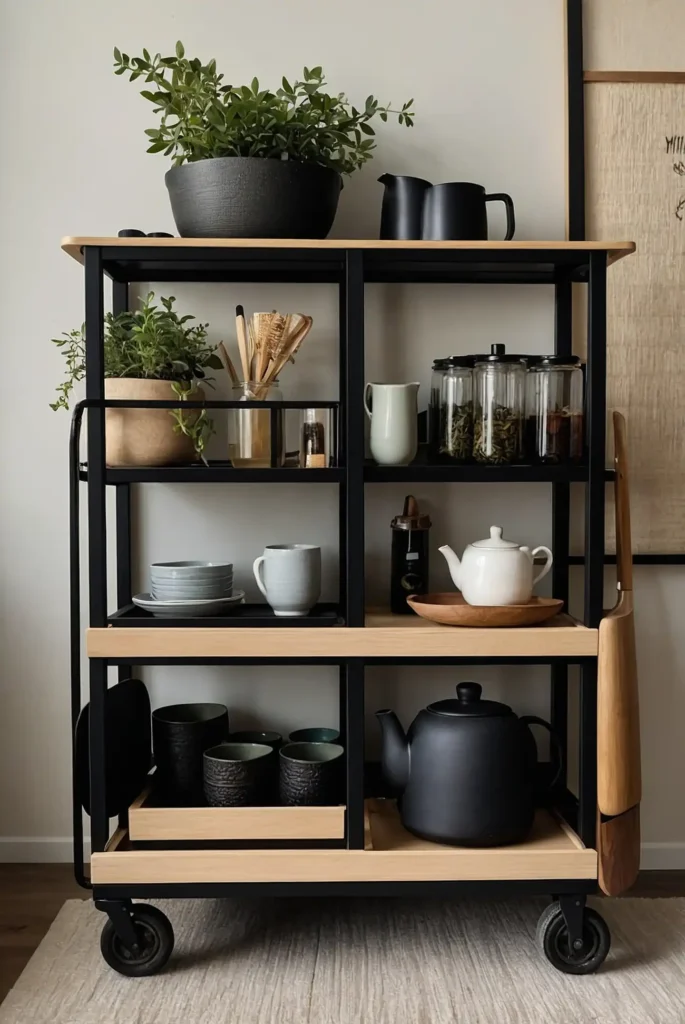
Convert a RÅSKOG utility cart into a mobile tea station by painting it matte black and adding a wooden top.
Arrange Japanese tea ceremony tools and storage containers on each level.
Add small wooden dividers to organize tea varieties.
This functional piece celebrates the Japanese tea tradition while embodying Scandinavian practicality through its mobile design.
18: FLISAT Book Display Natural Enhancement
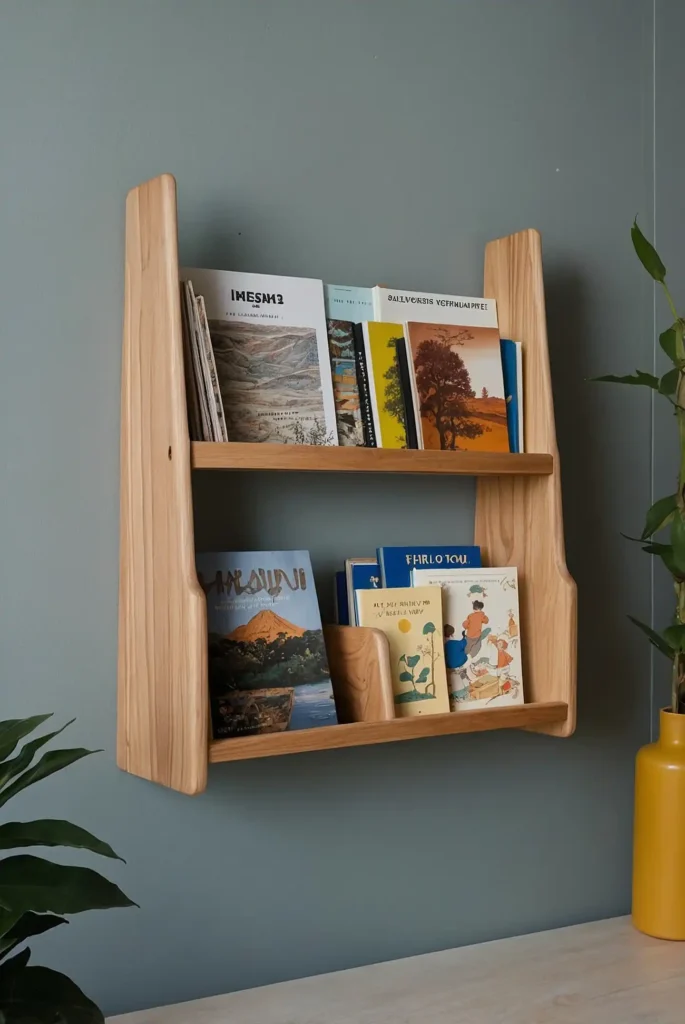
Enhance the FLISAT children’s book display by sanding it thoroughly and applying natural oil to enhance the wood grain.
The forward-facing design mirrors Japanese magazine displays.
Remove any decorative elements for a cleaner silhouette.
This modified piece showcases book covers as art while maintaining the uncluttered, intentional aesthetic central to Japandi design.
19: VARDAGEN Bowl Wabi-Sabi Serving
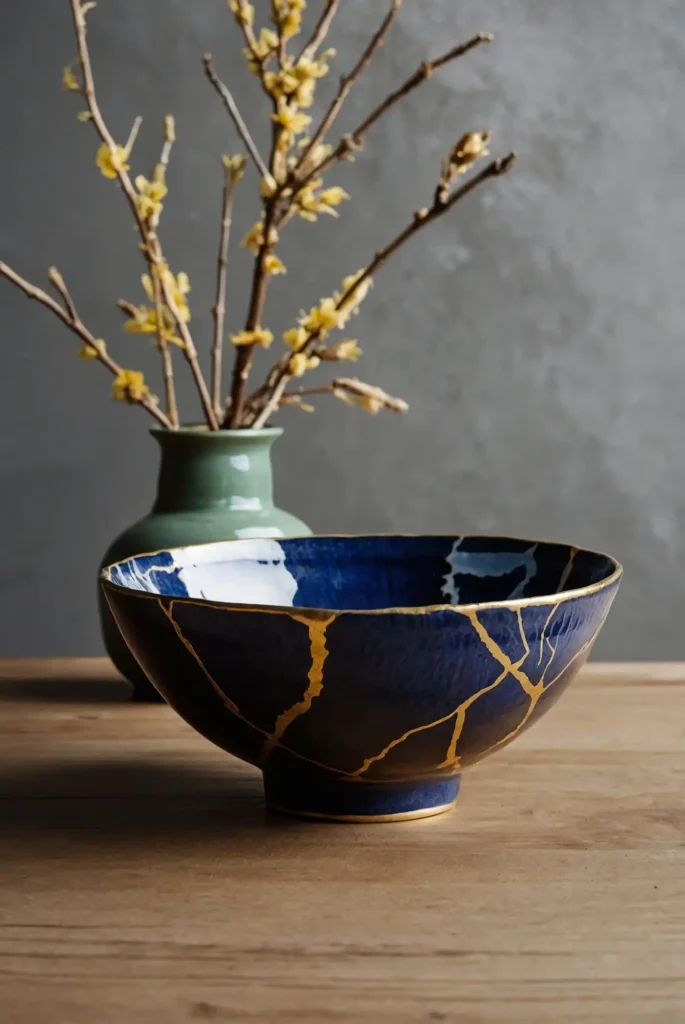
Embrace imperfection by applying a kintsugi-inspired technique to VARDAGEN serving bowls.
Use food-safe gold enamel to highlight minor chips or cracks rather than discarding damaged pieces.
Display these items prominently rather than hiding imperfections.
This approach honors the Japanese tradition of kintsugi—finding beauty in repair rather than seeking perfection.
20: POÄNG Chair Minimalist Makeover
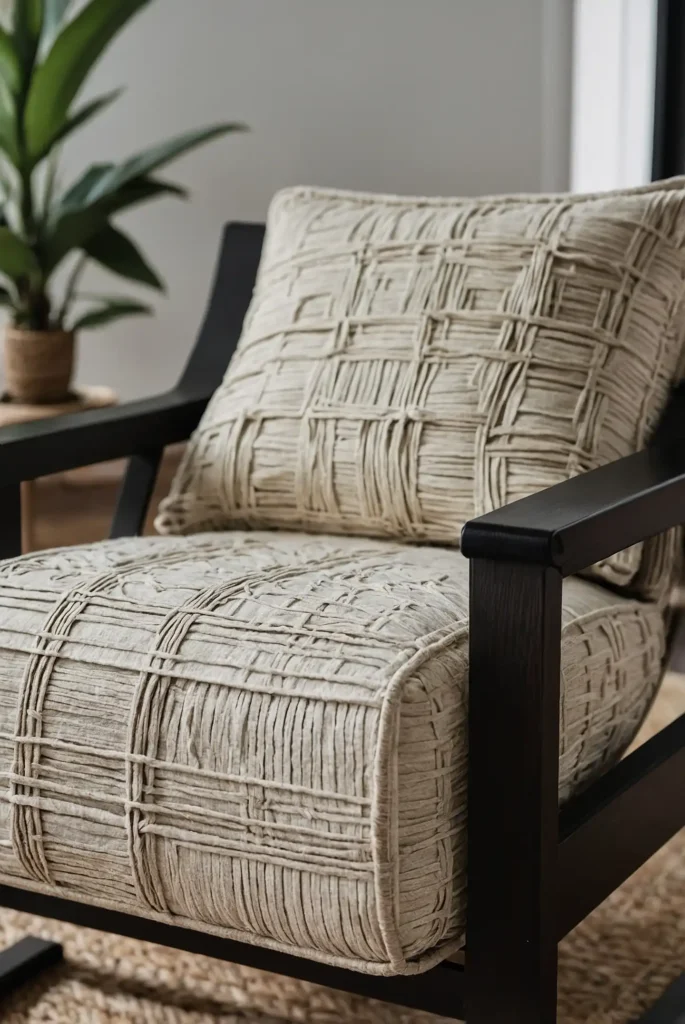
Refinish your POÄNG chair’s wooden frame in a deep ebony stain and replace the standard cushion with a thin pad in natural linen or textured wool.
The curved wood mirrors Japanese design elements.
Simplify the silhouette by removing any unnecessary details.
This modified classic exemplifies the Japandi balance between comfort and minimal, thoughtful design.
21: SKOGSTA Bench Window Seat
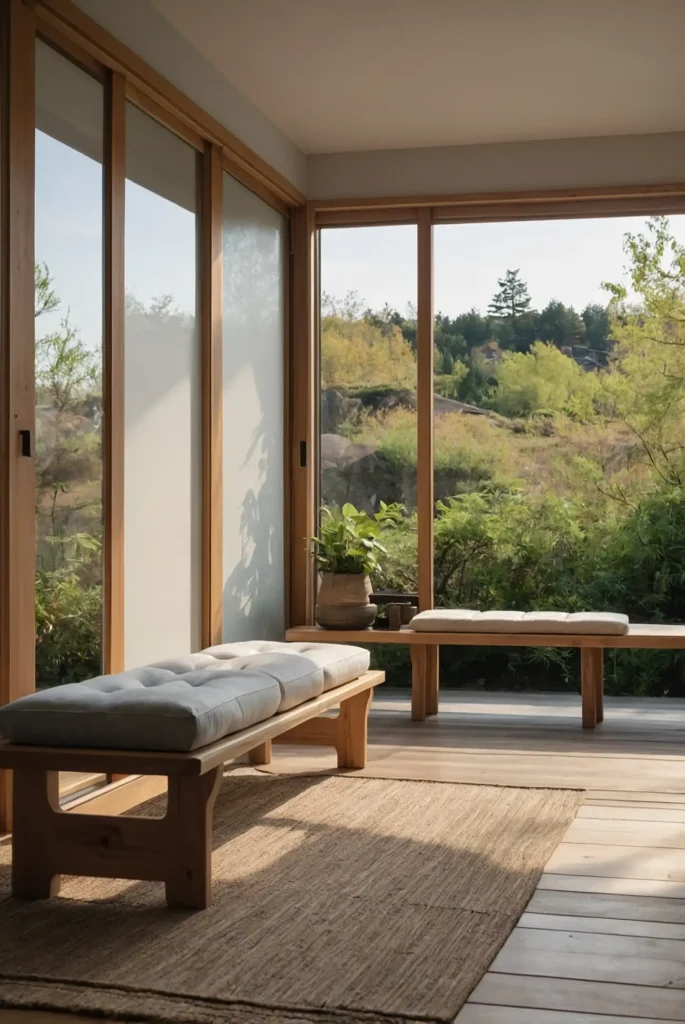
Transform a SKOGSTA bench into a Japanese-inspired window seat by adding a thin cushion in natural fibers.
The solid acacia wood provides the perfect base for Japandi simplicity.
Position near windows with nature views to honor the Japanese connection to the outdoors.
This versatile piece creates a contemplative spot that celebrates both cultures’ appreciation for natural beauty.
22: SATSUMAS Plant Stand Vertical Garden
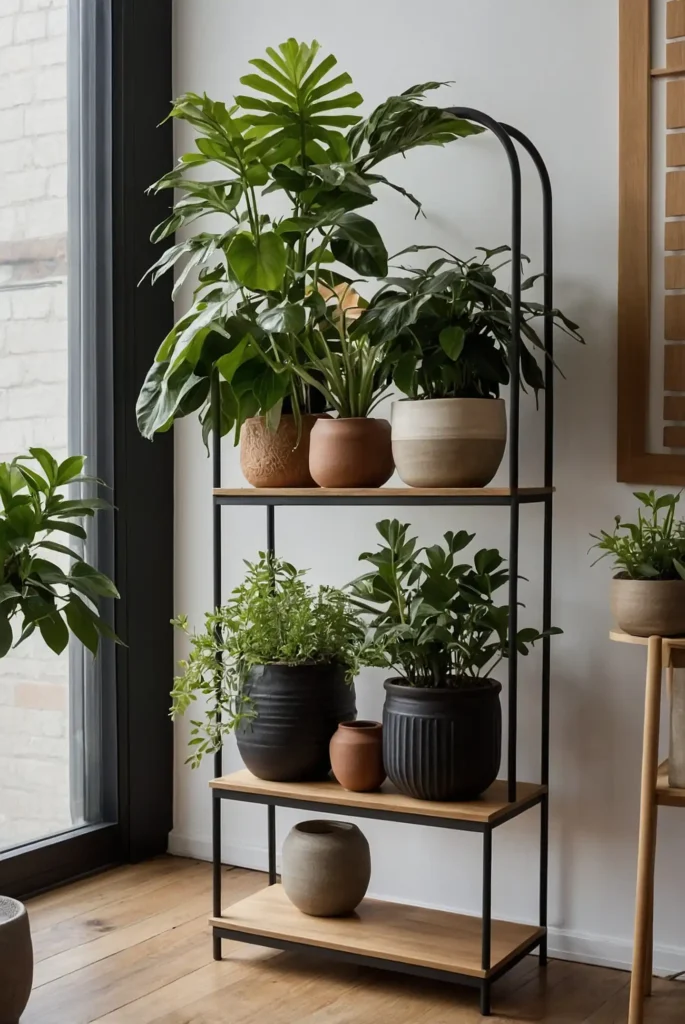
Enhance the SATSUMAS plant stand by painting the metal frame matte black and adding wooden accents.
Arrange plants with asymmetrical, intentional spacing rather than crowding.
Select vessels in neutral clay tones with organic textures.
This modified display celebrates the Japanese tradition of careful plant curation with Scandinavian functionality.
23: KVISTBRO Storage Table Transformation
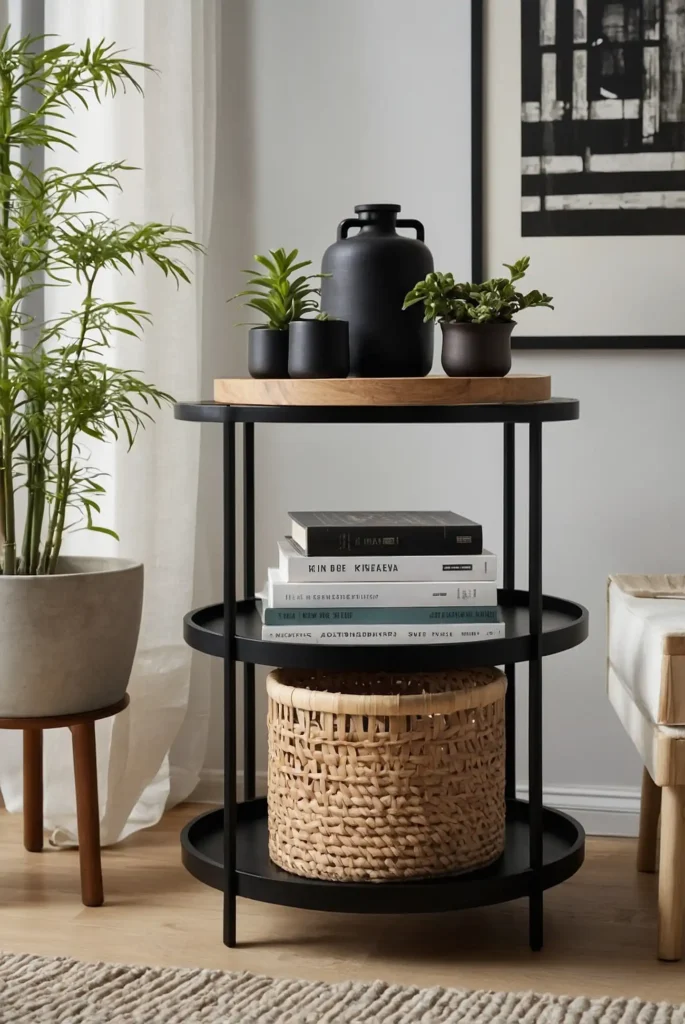
Repurpose the KVISTBRO storage table by painting the wire basket portion matte black and replacing the top with a circular piece of wood with visible grain.
This creates an airy yet substantial side table.
Store only a few carefully selected items within the basket.
This piece embodies the Japandi principle of practical storage that remains visually lightweight and intentional.
24: BILLSJÖN Bath Mat Floor Cushion
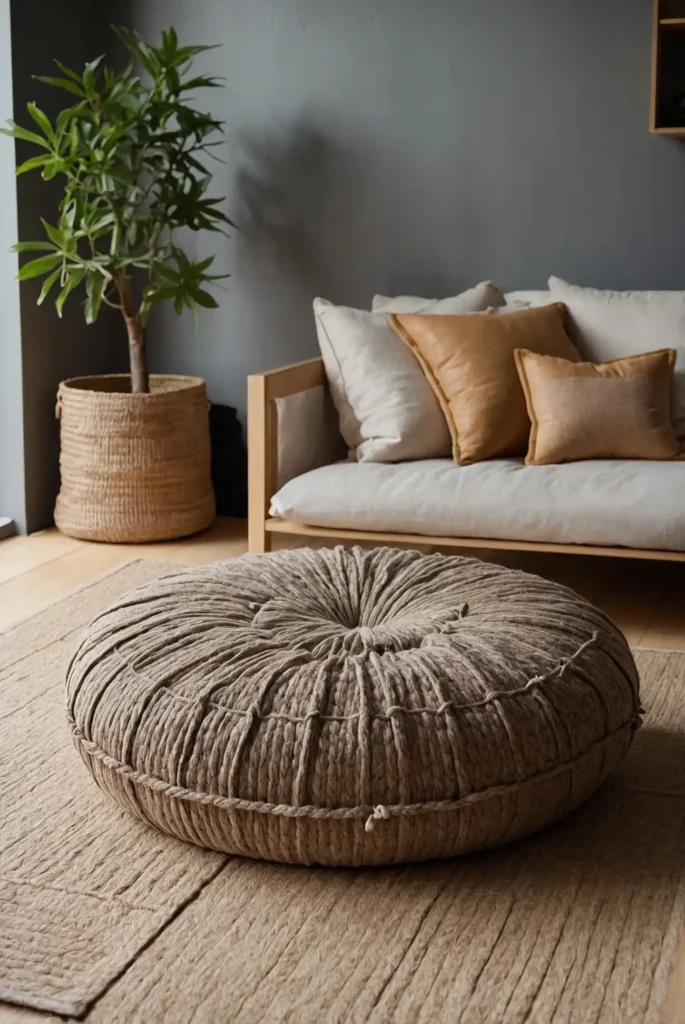
Convert a BILLSJÖN bath mat into a Japanese-inspired floor cushion by folding it in half and securing the edges with simple visible stitching in contrasting thread.
The textured cotton resembles traditional zabuton materials.
Add a simple cotton or linen cover in earth tones for a cohesive look.
This repurposed item creates comfortable floor seating essential to Japanese-inspired living areas.
25: SKURAR Plant Pot Washi Paper Wrap
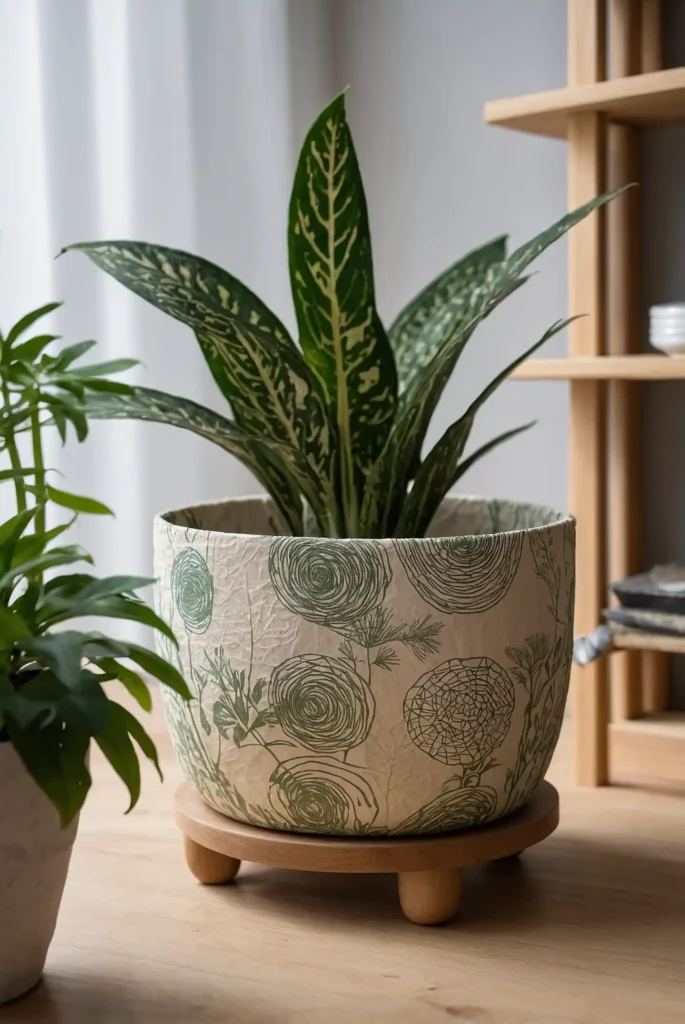
Transform basic SKURAR plant pots by applying handmade washi paper with rice glue.
The delicate patterns and natural fibers reference traditional Japanese paper crafts.
Leave the edges slightly imperfect for authentic wabi-sabi character.
These modified planters add subtle pattern and texture while maintaining the restrained Japandi color palette.
26: NORRÅKER Bench Communal Seating
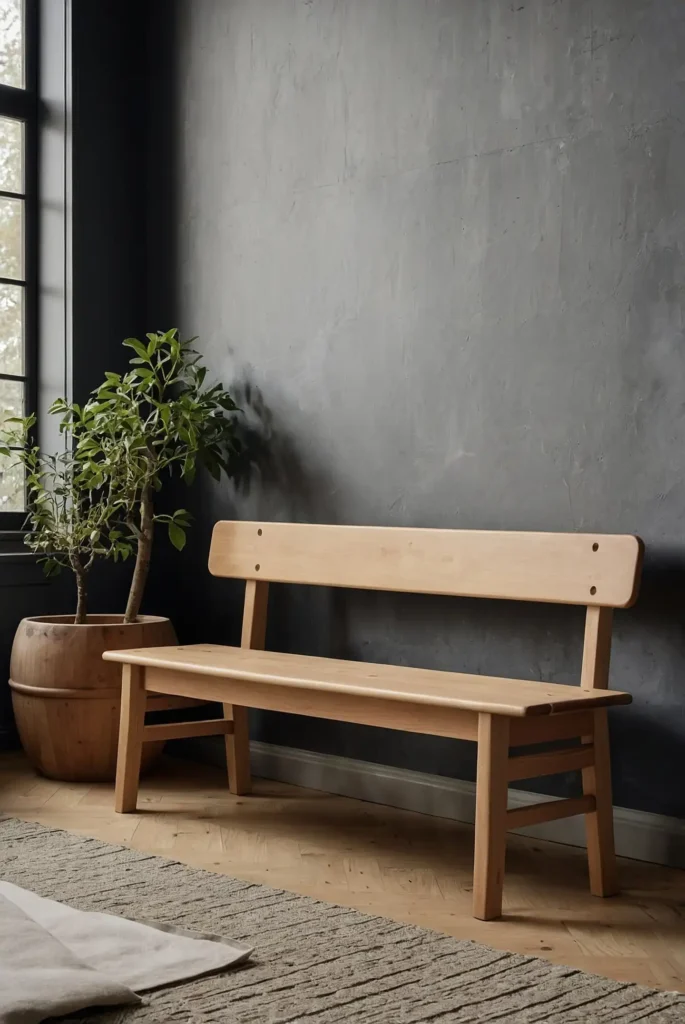
Enhance the NORRÅKER bench by sanding it thoroughly and applying a darker stain to reference traditional Japanese wooden benches.
The simple form already aligns with Japandi principles.
Place along dining tables for communal seating or in entryways for practical transition spaces.
This versatile piece honors both cultures’ emphasis on gathering and functional simplicity.
27: LACK Table Zen Garden Display
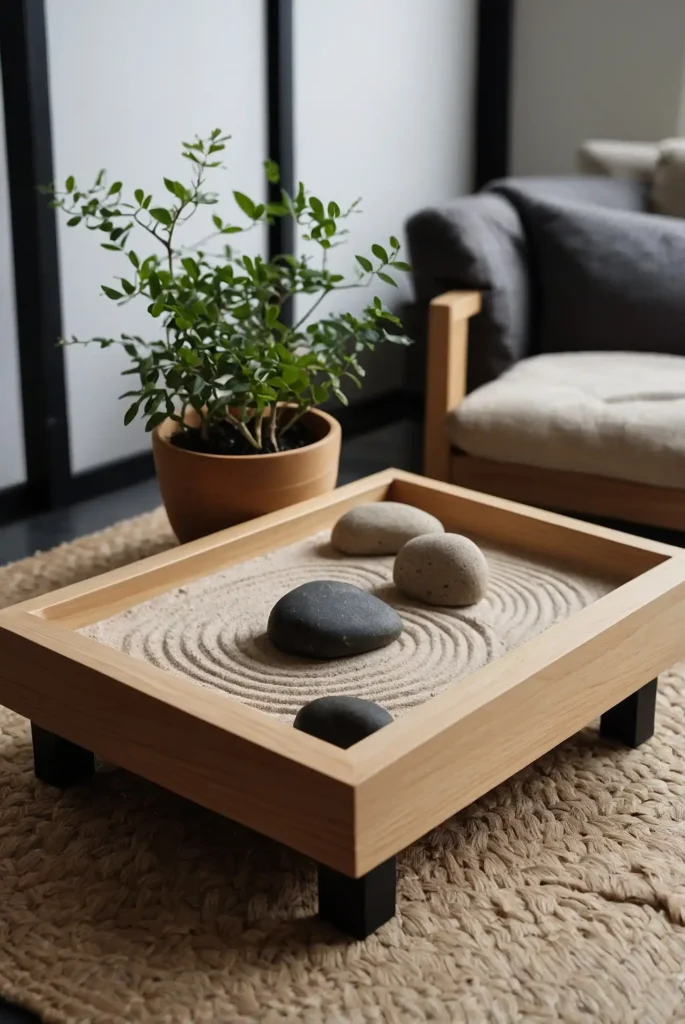
Repurpose a LACK side table as a base for a miniature zen garden by adding a shallow wooden tray to the top.
Fill with fine sand and arrange a few carefully selected stones.
Include a small wooden rake for mindful pattern creation.
This interactive display honors Japanese meditation traditions while fitting seamlessly into Scandinavian minimalist spaces.
Conclusion
Achieve Japandi harmony by focusing on natural materials, intentional simplicity, and functional beauty.
These IKEA hacks prove you don’t need a generous budget to create spaces that feel both serene and sophisticated—just creativity and appreciation for thoughtful design.

